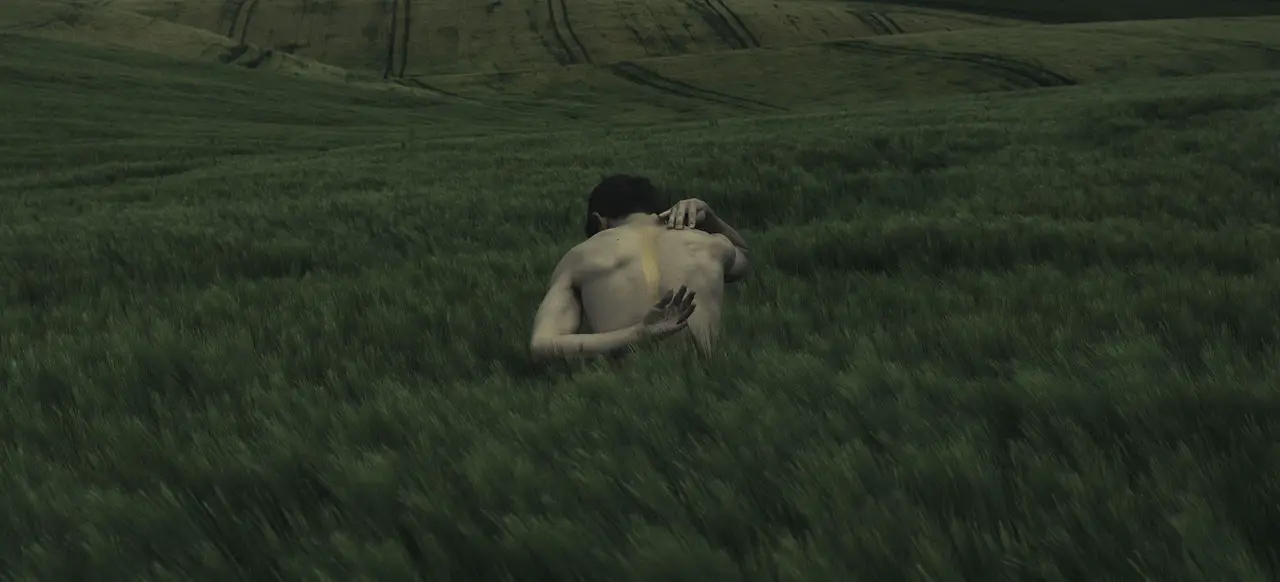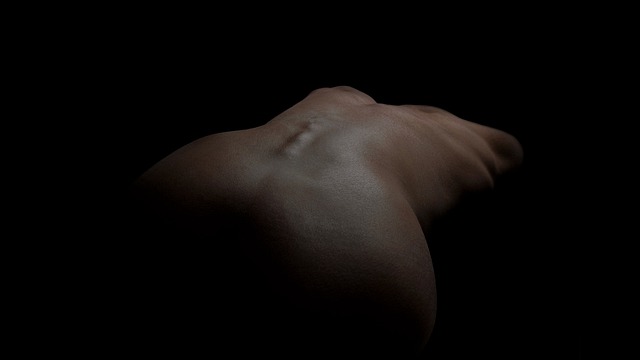The parrot beaks are alterations that occur in the formationóNo of new structures óbe at the edges of the vévertebrae, which they are shaped like a hook, similar to the beak of a parrot, of AHí that they receive this name.
Scientifically calledífica osteophytes, the parrot beaks can cause differentísymptoms like severe back pain, así like tingling in arms or legs; and usually occur as a result of normal aging of the spine, or due to poor posture throughout the yearsños. Nevertheless, spaghettiéThey may not occur due to other problems such as rheumatoid arthritis O herniated disc, among others.
The treatment of parrot beaks must be guided by the orthopedist, can be indicated, depending onón of the case, the use of corticosteroids or analgesicséphysics with the aim of reduce inflammationóand the pain. Además, physiotherapy may be indicated for strengthening the múscules around the véaffected vertebrae, on certain occasions, surgery may be necessaryía.
Index
Sísymptoms of parrot beaks
Among the main sísymptoms of parrot beaks we find the following:
- You have pain that radiates to your thighs, especially when moving.
- You feel a strong pain that is located in the back.
- Sensationón tingling in the legs when it develops in the regionón lumbar or in the arms when it is located in the cervical.
- If you suffer from muscle stiffness.
- Limitationón of spinal movements.
- decreaseóNo muscle strength.
Además, there may be othersíSymptoms such as difficulty having control over urine or stool, especially when they parrot beaks they are responsible for pressing on some nerves in the spine. In the case of osteophytes in the neck, can lead to swallowing problemsón because there is compressionón in the lar nerveíwith it.
In the presence of theísymptoms of parrot beaks mentioned, It is important to proceed to consult the orthopedist so that it is quién be in charge of carrying out the corresponding diagnosisóstico; and in this way to proceed to carry out the corresponding treatment.
Diagnóstico of the parrot beaks
The diagnosisóOsteophyte removal is performed by the orthopedist throughés of a exam fíphysical, evaluationón of the different sísymptoms suffered by the patient, personal background and performanceón the exáimage menus, how to radiographíace of columna, magn resonanceéa tomograph is tickingíto computerized.
A través of these exápicture menus are allowed to méI say that confirms the wear of the intervertebral disc, approach between the vévertebrae and the formationón of prominences in the lateral zone of the vévertebrae, similar to a parrot's beak, making it possible to start the corresponding timely treatment.
Causes of osteophytes
The parrot beaks They are caused by wear of the intervertebral disc., which causes the vévertebrae are very close to each other, carrying aceí in trainingóNo of new structures óSeas that form at the edges of the vévertebrae.
There are some factors that can contribute to an increased risk of developing osteophytes, as is the case of the following:
- Sedentary lifestyle
- Obesity
- Rheumatoid arthritis
- Natural aging of the spine
- Bad postures throughout the yearsños
- Herniated disc
- Osteoartrosis
- Scoliosis
- Lupus
- ankylosing spondylitis
- scleroderma
for all this, osteophytes occur more frequently from the 45 años due to natural wear and tear on the spinal discs, in people who are overweight, who are sedentary and in those individuals who suffered spinal trauma or have rheumatic diseasesátics.
In this way, to avoid the formationón of parrot beaks it is important that you maintain a proper posture when sitting, but alsoén when sleeping or walking; and alsoén it is recommended to avoid carrying a lot of weight and doing f activityíphysical on a regular basis.
Difference between parrot beaks and herniated disc
Although they are situations in both cases that injure the bones and cause pain and discomfort, which may be related to aging and poor posture, keep in mind that they are different parrot beaks and herniated disc.
Anterolisthesis is a disorder that occurs in the spine and is characterized by the dislocation of at least one of the vertebrae in relation to another úlast is a situationón in which the intervertebral discs wear out, challenging sísymptoms after promoting contact between the vévertebrae; while the parrot beaks are alterations in which there is a formationóno of a structure óbe between the vévertebrae.
Treatment of parrot beaks
The treatment of parrot beaks must be guided by the orthopedist in order to help relieve pain and discomfort, improving quality of life. There are different types of treatment for whicháwe can use them, what are the following:
of a technique such as acupuncture and
In the event that you suffer from parrot beaks, the use of medications are indicated by the orthopedist when the sísymptoms are intense and interfere with quality of life. Among the medicinesás used are the following:
- Analgésick (seemtamol).
- anti-inflammatories (ibuprofen, diclofenac and ibuprofen)
- Injectable corticosteroids (cortisone, applied on the múcentury).
In some cases, the médico canícame to indicate to patients affected by osteophytes a combinationóNo of different medications, depending onón of the sísymptoms that this may present and their intensity. Además, spaghettién vendorá determined by the patient's response to the treatment in questionón.
Physiotherapy
The physiotherapy may be indicated by the specialist, which recommends the use of stretching and strengthening exercises of the múmuscles of the abdomen and back; and that allow to improve the movement of the column, flexibility and range of motion, además to help correct posture, pain relief and other sísymptoms of the disease.
Cirugía
The cirugía for the peaks of They It is indicated by the specialist in cases más graves, in the cuáa deviation is observedócolumn no., to the point of making it difficult to perform daily activities.
In this way, you can opt for an interventionón wantúrgica to remove the new structures óseas that formed on the edges of the vévertebrae.

